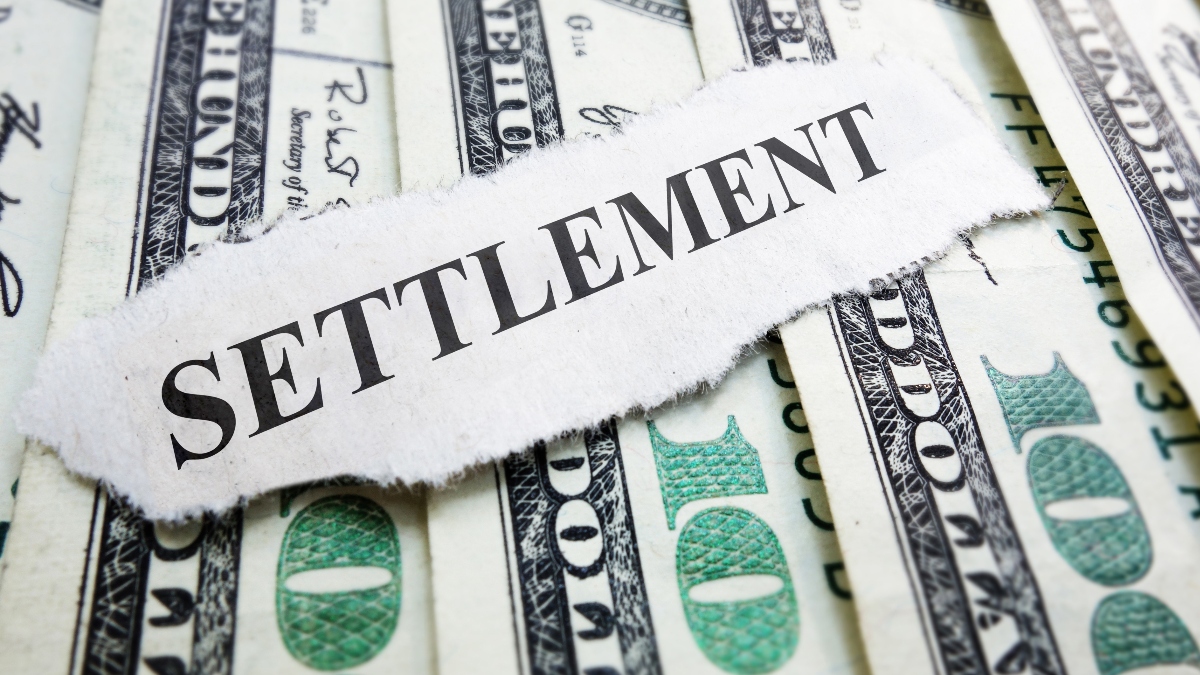Goodwill shoppers love to head to the stores for unique finds and surprising deals. Unfortunately, some customers got more than they bargained for two years ago when their personal data was compromised. Now, one Midwest division of the company has agreed to give back to shoppers who were included in the unfortunate hacking. Keep reading to learn more about the Goodwill settlement payout, including the range of payment you could receive and how to file a claim by the summer deadline.
What is the Goodwill settlement about?
A class action lawsuit was filed against Metropolitan Employment and Rehabilitation Services (MERS), which is also known as MERS Missouri Goodwill Industries. The nonprofit operates in both Missouri and Illinois, according to The U.S. Sun.
The reason behind the lawsuit: A data breach that occurred in March 2023, putting the personal information (including Social Security numbers) of its customers at risk. While MERS Goodwill has denied any liability, the organization has agreed to the settlement due to the argument that it failed to protect shoppers’ private data.
Now, they are expected to pay retribution to those impacted by the data breach.
Who is eligible for the Goodwill settlement payout?
If your personal information was compromised by the data breach, you may be entitled to a portion of the settlement. You should know if you were impacted via a notice that was sent out after the incident occurred. (These often come in the mail, but some companies will also inform you by sending a message to your email inbox).
The message should have included a Notice ID and PIN. These are unique to each person eligible for the settlement and are required to file a claim.
What can you get from the settlement?

Though the total settlement payout amount has not been disclosed, the settlement website has detailed the different payment tiers eligible customers could join.
1. Ordinary losses
Those filing a claim in this category could receive up to $500. There must be documentation to support any out-of-pocket losses that occurred because of the data breach. These include fraud or identity theft, accountants’ fees, attorneys’ fees, credit repair service fees and credit monitoring costs from after the incident.
2. Lost time claims
A lost time payout includes $25 per hour up to 4 hours (for a total of $100). Like ordinary losses, there should be proof provided of what activities you engaged in.
3. Extraordinary losses
Class members of the settlement can receive up to $5,000 when they report unreimbursed monetary losses that were not covered by another category. The person also must have exhausted all available credit monitoring, insurance and identity theft insurance.
4. Alternative Cash Payment
If you choose not to file a claim for the above categories or can’t prove your eligibility, you could receive $50.
All class members are also entitled to credit monitoring services and identity theft protection if they select the benefit on the claim form. These will be in place for two years.
How to file a claim
The only way to receive the money and benefits from the settlement is by filing a claim form. This can be completed online or by contacting the claims administrator to receive a paper copy that you can mail in.
This must be submitted by July 7, 2025 to receive the requested benefits. Not long after the deadline is the final approval hearing for the settlement, which is scheduled for July 10, 2025. Any payments will be sent out after that time, pending the approval of the settlement.
You can also choose to opt out of the settlement or object if you don’t agree with the terms. However, these options must be completed a bit earlier, with a deadline of June 6, 2025.






